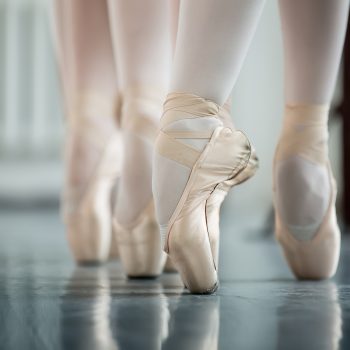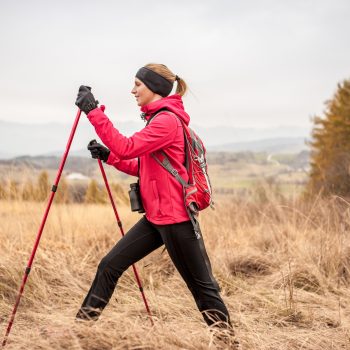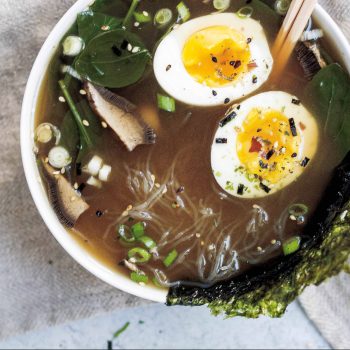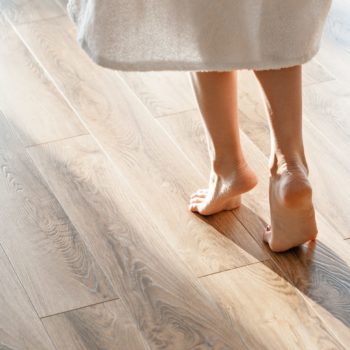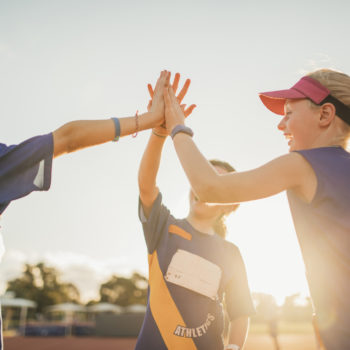A very important exercise for cardio-vascular and muscular wellbeing, that may seem like a child’s play for someone is rope jumping. It is part of boxing players training, but one that could be included in the routine of many people who dedicate themselves to physical activity. What are its benefits? We discuss this topic with Dr. Piero Volpi, Head of Knee Orthopedics and Sport Traumatology at Humanitas Hospital.
Rope jumping can be considered a form of warm-up before performing specific exercises, appropriate for the discipline you are practicing, or an exercise in itself to accompany others to compose a complete cardio-vascular training. A study published in the Journal of Sports Science and Medicine in 2015 evaluated its benefits in a group of young athletes.
Muscles and balance
Twenty-four pre-adolescent athletes were divided into two groups; one group was also asked to perform rope-jumping exercises. Compared to the group that did only specific exercises, the group that included rope jumping showed better skills in coordination and balance.
In fact, rope jumping does not only require the muscles of the lower limbs “but also requires work of the trunk, the muscles of the arms, back, and abdomen to maintain the position and keep the rope stable”, adds Dr. Volpi. Rope jumping is a complete exercise, even rather tiring, especially if done at high intensity, but above all, it is a coordinating exercise which improves proprioception, coordination, and balance. It requires considerable physical effort and is particularly practiced at a younger age “.
Painful knee? Non-overloading sport is recommended
The American Academy of Orthopedic Surgeons indicates rope jumping as an exercise for those who have recovered from an injury to the lower limbs and want to return to physical activity. However, the benefits do not end there, precisely because of the impact on the sole; rope jumping is also beneficial for the bones, improving the mineral density: “Like all loading exercises it can stimulate bone tissue formation. It is also an exercise that does not put the knee under stress because there is no rotation; the joint is engaged only with a longitudinal load”.
This is why you should not neglect the conditions of your knee: “If you feel pain, even in the initial forms of arthritis, it is better to avoid rope jumping and devote yourself to forms of physical activity that have less impact on the joint, such as swimming, cycling or gentle gymnastics on the mat”, concludes the specialist.


